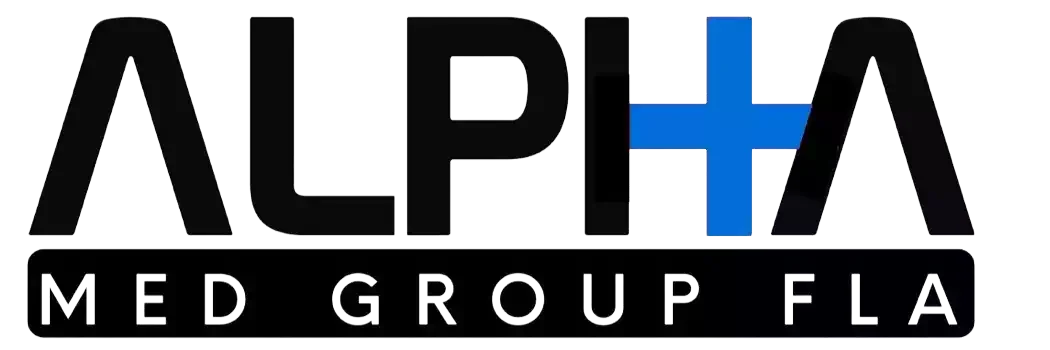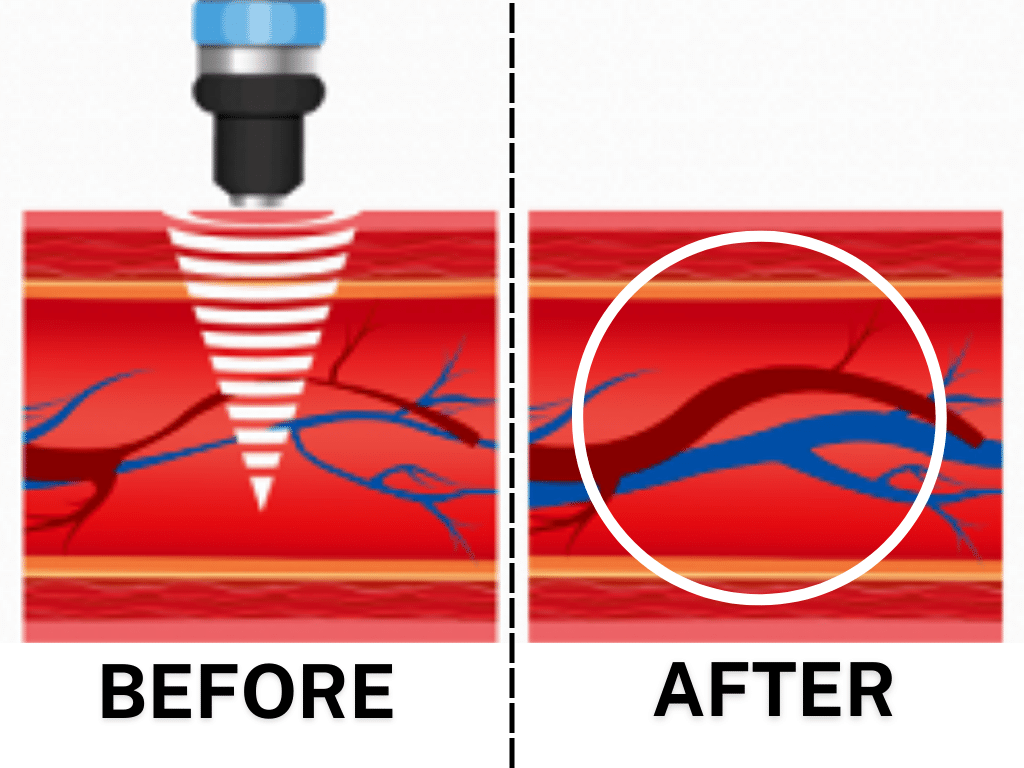What Happens When The Peripheral Nervous System Is Not Functioning Correctly?
Because the peripheral nervous system controls so much of our bodily functions the list of dysfunctions is long. Briefly, the most common disorders and subsequent diseases are Parkinson’s disease, Multiple sclerosis (MS), Amyotrophic lateral sclerosis (ALS), Alzheimer’s disease and Huntington’s disease.
The most common peripheral neuropathy symptoms are, a “pins and needle sensation”, weakness and numbness.
What are the stages of Peripheral Neuropathy
In the early stages of peripheral neuropathy, patients typically present with progressive symptoms, including sensory loss, numbness, and pain or burning sensations in distal limbs in a “stocking and glove” distribution. Over time, the numbness may extend proximally, and mild distal muscle weakness and atrophy may occur. In disorders that cause acute peripheral neuropathy, such as those produced by toxic exposures, patients may present with similar but more fulminant symptoms, and pain predominates; symptoms also typically have a faster progression (AAFP)
Most instances of neuropathy are either acquired,(not genetic) Acquired neuropathies are either symptomatic (the result of another disorder or condition; see below) or idiopathic (meaning it has no known cause) (NINDS). There are many conditions or diseases that cause neuropathy (that should be discussed and diagnosed by a doctor):
Physical injury (trauma) – because the peripheral nervous system transmit signals throughout the body, when there is a physical injury to the nerves, one will experience neuropathy. A person could get physical injury to the nervous by playing sports, having an accident and/or falling.
Diabetes is the leading cause of polyneuropathy in the United States. About 60 – 70 percent of people with diabetes have mild to severe forms of damage to sensory, motor, and autonomic nerves (NINDS). One of the most common causes of peripheral neuropathy in the U.S. is diabetes (URMC).
Vascular and blood issues – Having vascular problems can decrease oxygen supply to the peripheral nerves can lead to nerve tissue damage. Certain risk factors like smoking, obesity, alcoholism can further cause the thickening and scarring, impending blood flow and causing nerve damage.
Autoimmune diseases, in which the immune system mistakenly attacks a number of the body’s own tissues, can directly target nerves or cause problems when surrounding tissues compress or entrap nerves. Sjögren’s syndrome, lupus, and rheumatoid arthritis are some systemic autoimmune diseases that cause neuropathic pain.
Autoimmune diseases – These diseases can attack nerves only are often triggered by recent infections. They can develop quickly or slowly, while others become chronic and fluctuate in severity. Damage to the motor fibers that go to the muscle includes visible weakness and muscle shrinking seen in Guillain-Barré syndrome and chronic inflammatory demyelinating polyneuropathy.
Hormonal imbalances can disturb normal metabolic processes, leading to swollen tissues that can press on peripheral nerves.
Kidney and liver disorders – Patients with chronic kidney disease (CKD) are frequently afflicted with neurological complications. These complications can potentially affect both the central and peripheral nervous systems. Common neurological complications in CKD include stroke, cognitive dysfunction, encephalopathy, peripheral and autonomic neuropathies (NCBI)
Nutritional or vitamin imbalances – Symptoms of lack of vitamin B12 can cause serious anemia, nerve damage and degeneration of the spinal cord. It is common for anemia to develop first, but this is not always the case, especially if a person is taking a folate supplement. A lack of B12 damages the myelin sheath that surrounds and protect nerves. Without this protection, nerves cease to function properly and conditions such as peripheral neuropathy occur (Foundation for PN)
Certain cancers and benign tumors – Beyond the actual diseases like cancers and tumors, the treatments for cancers and tumors like chemotherapy and radiation can also cause Neuropathy.
Can you stop the progression of neuropathy?
Because neuropathy can be caused by specific conditions and risk factors it is important for a person to see a doctor, this will be the most effective way to eliminate symptoms and treat neuropathy.
Tampa’s Treatment of Peripheral Neuropathy
Once a person gets diagnosed with Peripheral Neuropathy, it is critical they get treated properly to relieve symptoms and further discomfort. There are many effective treatments:
Prescription medications – There are many medications one could take but they also come with side effects, don’t treat root cause and can decrease in effectiveness over time. The most common medications are: pain relievers, antidepressants and anti-seizure medications.
Therapies – surgery, physical therapy and Transcutaneous electrical nerve stimulation (TENS)
Eliminating risk factors – If at all possible it is recommended to maintain a healthy lifestyle cutting out drinking, smoking, overeating and increasing exercise.
Shockwave Therapy – Shockwave therapy (https://alphamedgroupfla.com/swisswave-method/ ) is a non-invasive treatment, relieves the pain of peripheral nerve damage and promotes local arterial remodeling and cellular regeneration. It is also known as an effective treatment for enhancing muscle strength and decreasing muscle tone (NCBI) Shockwaves are sound waves that have specific physical characteristics, including nonlinearity, high peak pressure followed by low tensile amplitude, short rise time, and short duration (10 ms). They have a single pulse, a wide frequency range (0-20 MHz), and a high pressure amplitude (0-120 MPa). High energy SWT or “true” shockwaves are classified as short duration (approx. 10msec) high energy pulses (5-100MPa) that break the sound barrier resulting in a shockwave.Shockwave Therapy can be a proven effective treatment when a trained medical professional (Physio-Pedia).
Shockwave Information: The transmission of a shockwaves or of a pressure waves lead to effects on the tissue. The transformation of the physical energy into a biological response is similar to a cascade process. First the cell skeletal annexes are activated, which leads to the release of mRNA from the cell nuclei. This is followed by activation of cell organs such as the mitochondria and the endoplasmic reticulum and the cell vesicles, which release the specific proteins of the healing process (Efort Open Reviews)
Shockwave Therapy Effectiveness – If a patient receives treatment from a trained medical professional, by using radial ESWT deliver 2000 impulses at 2.5 bars (energy flux density 0.12 mJ/mm2) at 8 Hz for three sessions at weekly intervals, Shockwave Therapy can be extremely effective. Unlike medications, surgeries and other therapies, Shockwave Therapy has little to no known side-effects and patients normally don’t have to prepare previous to the treatments. Data shows it can stimulate blood flow and potentially help grow new blood vessels.
Shockwave Therapy Cost: Some insurance plans/companies might not cover the cost of treatments so patients can expect a cost of around $400 and $500 per treatment.
Learn more about Shockwave Therapy and SwissWave at Alpha Med Group in Clearwater-
About SwissWave
Call 727-977-8200



